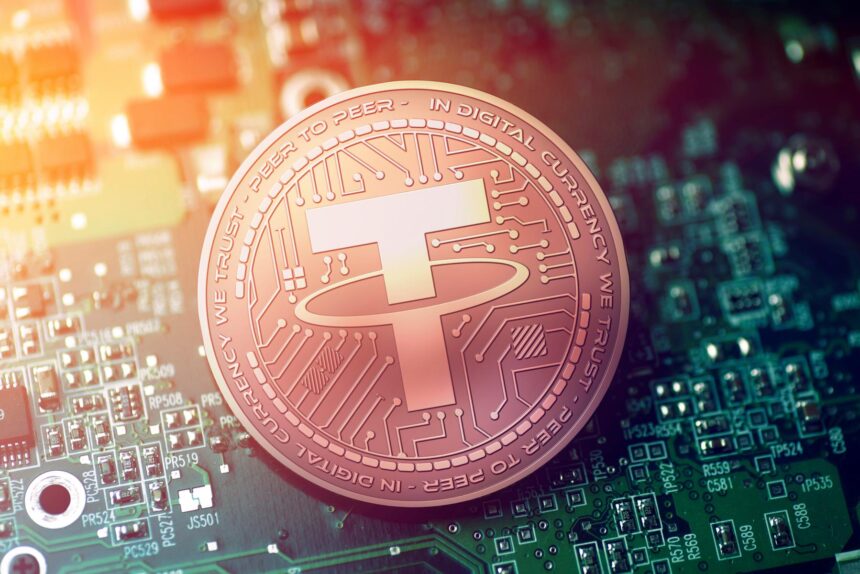
- Tether’s reserves consist mostly of U.S. Treasury bills, making it the 18th largest holder globally.
- A Tether collapse could trigger short-term market chaos but might also spur innovation in stablecoins.
Tether, frequently referred to as the backbone of cryptocurrency trading, processes billions of transactions per day. Crucially important to the ecosystem, its stablecoin, USDT, offers liquidity and consistency among the known volatility of cryptocurrency.
Still, mounting questions regarding Tether’s support and other flaws have spurred discussions about its dependability. Drawing on ideas from Crypto Tips, we explore Tether’s reserves, systematic risks, and possible consequences from a fall-off.
Is Tether Fully Backed?
Every USDT, according to Tether, is backed by reserves, but what precisely makes up these reserves? Tether has around $125 billion in assets against $119 billion in liabilities, according to estimates made by BDO Italia, leaving a buffer of $6 billion. Although noteworthy, this buffer begs problems concerning its sufficiency during crises.
Tether’s reserve composition shows that 3.95% are allocated to precious metals, 3.81% to Bitcoin, 2.97% to other investments, and 0.1% to corporate bonds, while 83.8% of its reserves are kept in cash or cash equivalents.
But the great majority of its cash equivalents are not kept in traditional money. Tether is the 18th biggest holder of these securities worldwide; just 0.7% is in actual cash and bank accounts; 80% is in U.S. Treasury bills. This strategy orientation emphasizes its reliance on government-backed securities as well as exposes systematic risks connected to market volatility.
Could Tether Collapse?
Whether Tether could fall is not only a theoretical matter. Historical instances such as Terra’s UST and Anchor Protocol serve to remind us that even well-known initiatives can fail. Tether is under criticism over its openness even as it is undergoing third-party audits.
Especially, the corporation was fined $41 million in 2021 for inaccurate reserve presentation. Critics contend that lack of real-time verification and self-selected auditors compromise confidence.
Tether is not immune to asset risks from Bitcoin, precious metals, and other assets even with its notable ownership in Treasury notes. A strong market decline might compromise its stability. Experts, however, think that given existing reserves and prudent financial management, such a collapse is improbable in the near future.
Ripple Effects on the Crypto Ecosystem
Should Tether fall apart, the effects would be disastrous for the crypto market and beyond. Tether’s collapse, being the biggest stablecoin by market cap, could set off a mass panic and result in cascade sell-offs all throughout financial markets. Still, the effect is probably temporary, as the fundamental value of decentralized technology like Bitcoin would persist.
History shows that mistakes cause the free market to change and grow. A Tether collapse might open the path for creativity and drive the creation of stronger and more open stablecoins. Like earlier crises have built resilience in the crypto sector, lessons learnt from Tether’s mistakes will probably help to strengthen the larger ecosystem.
Although Tether’s participation in the crypto market is unquestionably important, investors should approach it knowing exactly the possible risks. One of the biggest ways to reduce risk on any one asset or stablecoin is still diversification.
Crypto Tips emphasizes that the long-term viability of crypto like Bitcoin hinges on their ability to operate independently from centralized institutions.






